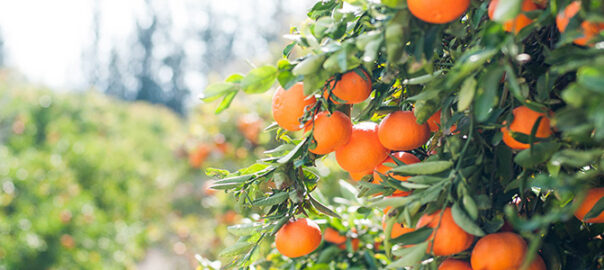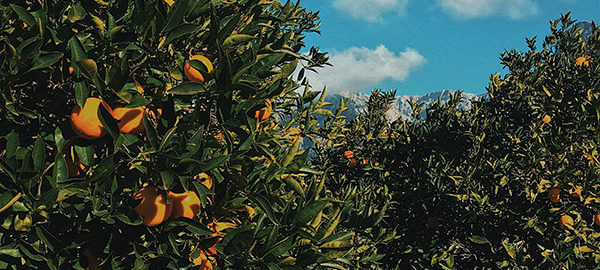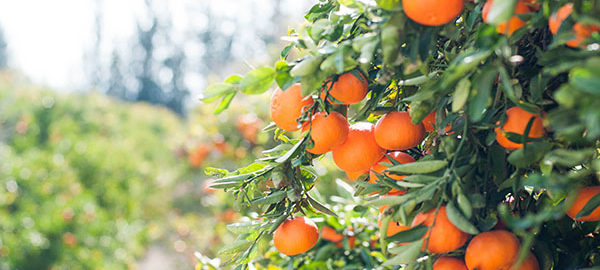
Arizona Citrus History:
The history of Arizona’s citrus industry dates back to the late 19th century when the first citrus trees were planted in the Salt River Valley. The industry rapidly expanded in the early 20th century, as farmers recognized the favorable growing conditions provided by Arizona’s warm climate, abundant sunshine, and fertile soil. Citrus quickly became one of Arizona’s “Five C’s” – the essential pillars of the state’s economy – alongside cotton, cattle, copper, and climate.
Types of Citrus Grown in Arizona:
Arizona is home to a variety of citrus fruits, including:
- Oranges: The most common types grown in Arizona are Navel Oranges and Valencia oranges. Navel oranges are known for their seedless, sweet, and juicy flesh, while Valencia oranges are prized for their excellent juicing qualities.
- Grapefruits: Arizona’s grapefruit varieties include the red-fleshed Star Ruby and Rio Red, Pink Grapefruit, as well as the white-fleshed Oro Blanco.
- Lemons: Eureka and Lisbon lemons are the primary lemon varieties grown in Arizona, both known for their tart, tangy flavor and high juice content.
- Tangerines: Arizona produces several tangerine varieties, such as Lee Tangerine, Dancy, Satsuma, and Clementine, which are popular for their easy-to-peel skins and sweet, seedless flesh.
- Other citrus: Lesser-known citrus fruits grown in Arizona include pomelos, kumquats, and various hybrid varieties like tangelos, which are a cross between tangerines and grapefruits.
Citrus Seasons in Arizona:
The citrus harvest season in Arizona varies depending on the type of fruit:
- Navel oranges: Typically harvested from December to March.
- Valencia oranges: Harvested from late winter to early summer, with peak harvest between February and May.
- Grapefruits: Harvest season runs from December through May.
- Lemons: Harvested year-round, with peak production from late fall to early spring.
- Tangerines: Generally harvested between November and January.
Various Interesting Aspects of Arizona Fruit:
Arizona’s citrus industry has seen significant growth and development over the years. The state’s citrus groves are primarily concentrated in the southern and southwestern regions, where the climate is most conducive to citrus cultivation. The Central Arizona Project, an extensive network of canals and reservoirs, has played a crucial role in providing water resources for the industry.
Arizona’s citrus industry has also contributed to the development of the local economy by providing job opportunities, promoting tourism, and encouraging research and innovation in citrus cultivation, pest control, and post-harvest processing.
In recent years, the industry has placed a strong emphasis on sustainable farming practices and water conservation, as well as finding creative solutions to utilize excess fruit and minimize food waste. Through partnerships with local food banks, community organizations, and other initiatives, Arizona’s citrus industry remains committed to making a positive impact on the environment and the lives of its residents.












